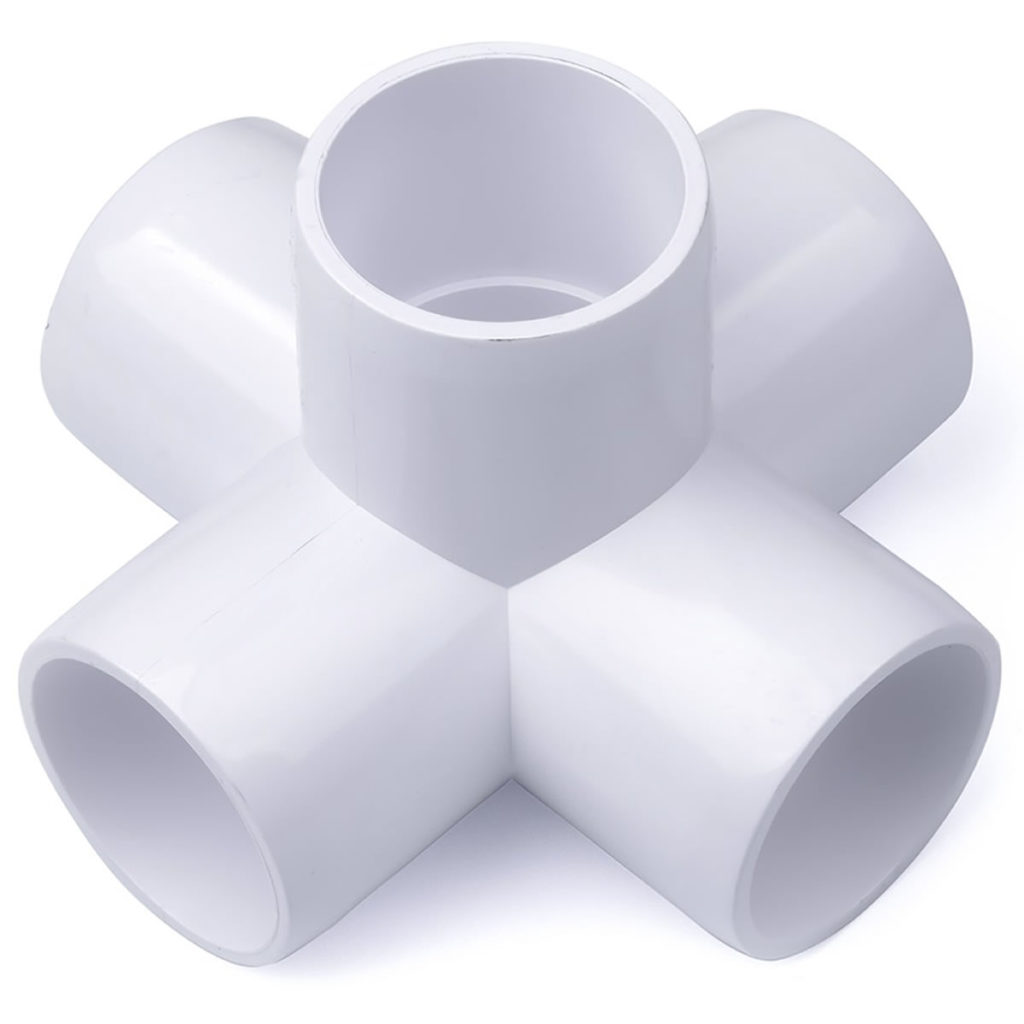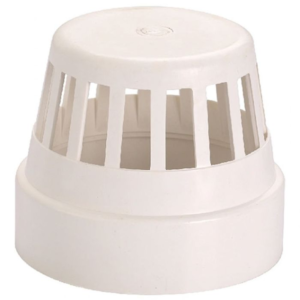
PEX-A and PEX-B are two different types of cross-linked polyethylene (PEX) tubing used in plumbing and heating systems. They differ primarily in their manufacturing processes and certain characteristics. Here's a comparison of PEX-A and PEX-B:
- Manufacturing Process:
- PEX-A (Engel Method): PEX-A is produced using the Engel method, which involves a peroxide cross-linking process. During this process, the raw PEX material is cross-linked and made more flexible and durable. The high-temperature and high-pressure method used in PEX-A manufacturing results in a more uniform and consistent cross-linking of the polymer chains.
- PEX-B (Silane Method): PEX-B is manufactured using the silane method, which involves the use of a chemical catalyst called silane to cross-link the PEX material. This process typically operates at lower temperatures and pressures than the Engel method. As a result, PEX-B may have a slightly different molecular structure and characteristics.
- Flexibility and Durability:
- PEX-A is generally considered to be more flexible and "shape memory" than PEX-B. This means it can return to its original shape more readily when bent or stretched, which can make it easier to work with in certain applications.
- PEX-B is less flexible than PEX-A but still flexible enough for most plumbing and heating installations. It may require more support and hangers to maintain its shape in long runs.
- Resistance to Freeze Damage:
- PEX-A is known for its excellent resistance to freeze damage. It can expand significantly when frozen without cracking, and it can often return to its original shape once thawed.
- PEX-B can also withstand freezing to some extent, but it may be more prone to damage compared to PEX-A when subjected to freezing temperatures.
- Cost:
- PEX-B is generally less expensive than PEX-A, making it a more budget-friendly option for plumbing and heating installations.
- Fittings:
- Both PEX-A and PEX-B can use the same types of fittings, such as crimp or clamp fittings, but manufacturers often recommend specific fittings for their respective PEX types.
In summary, the primary differences between PEX-A and PEX-B are their manufacturing processes, flexibility, and resistance to freeze damage. PEX-A is typically considered more flexible, durable, and freeze-resistant, but it may be somewhat more expensive. PEX-B is a cost-effective option that is still suitable for many plumbing and heating applications but may require additional support in certain situations. Your choice between the two should depend on your specific project requirements and budget.





